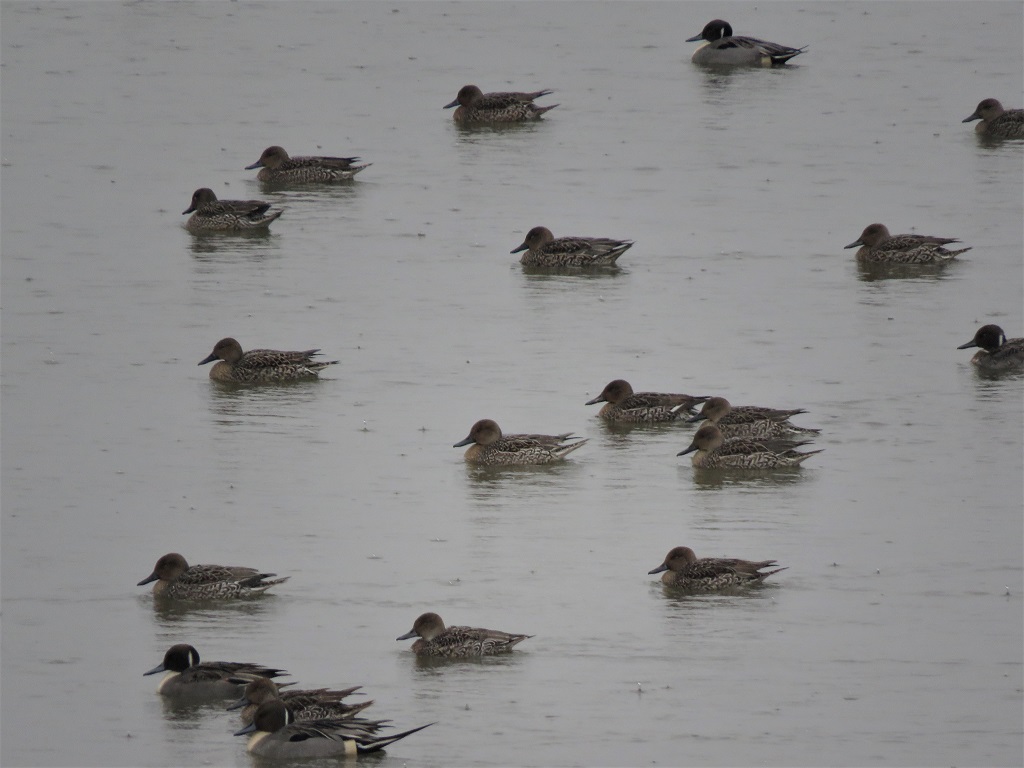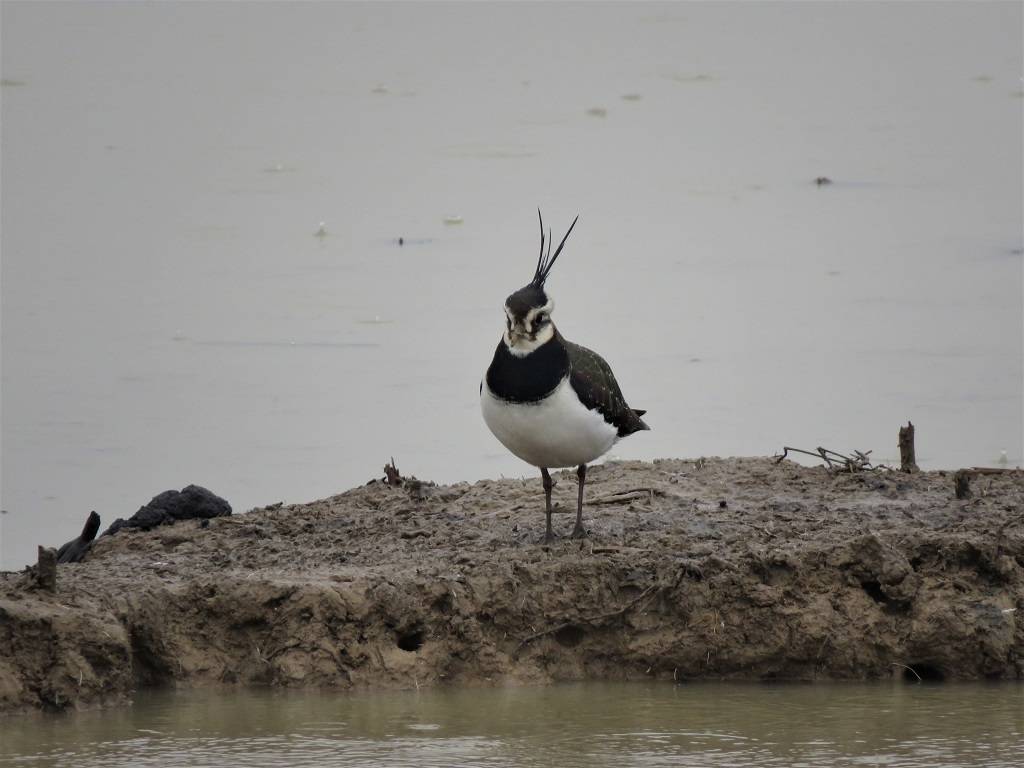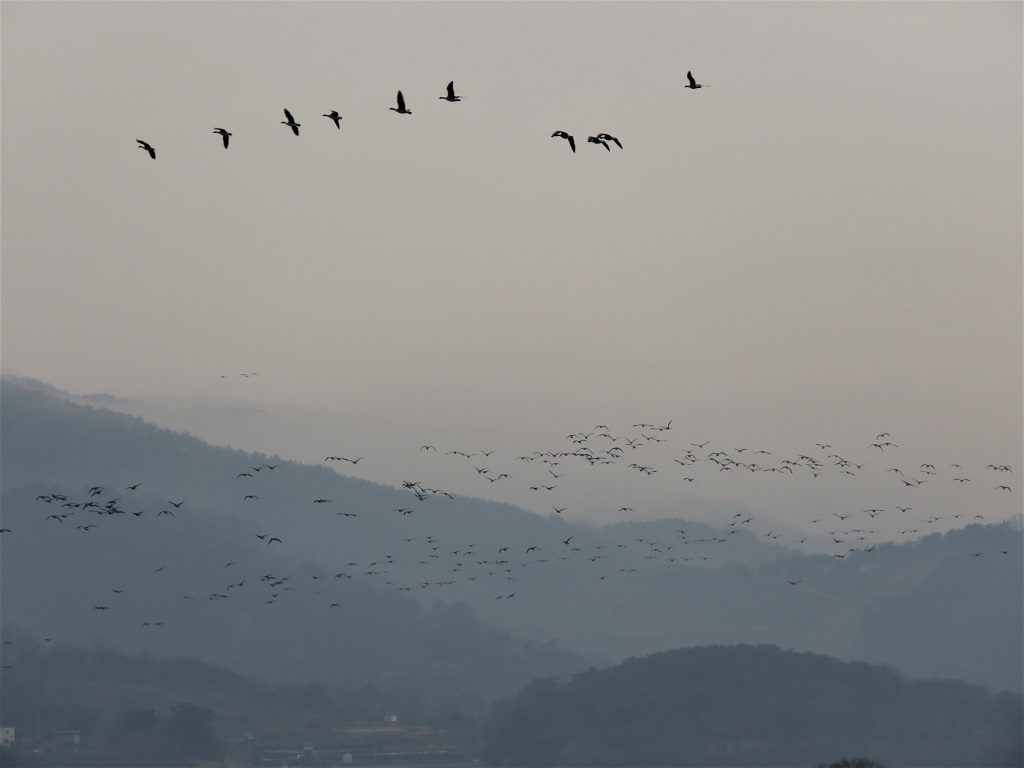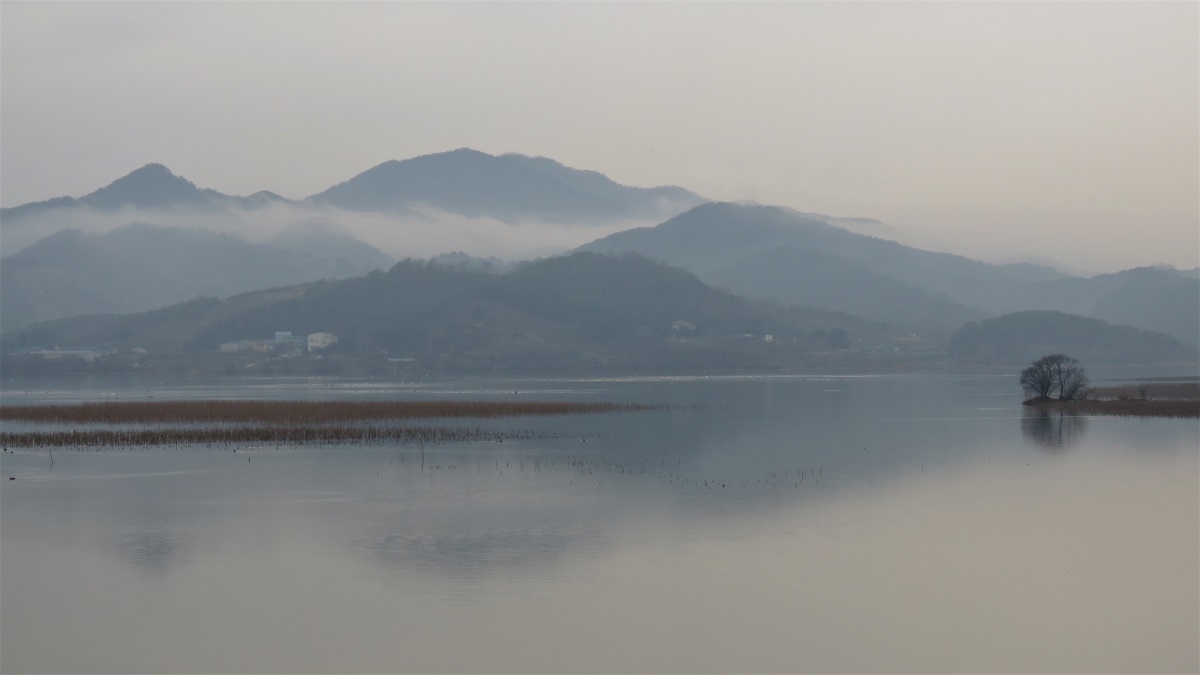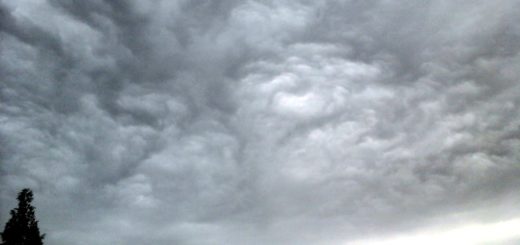Watercolors and the Eyes of the Gods
On a dreary January day, incessantly wet in defiance of last night’s promising forecast, the air is thick with pollution and cold rain. The mountains are obscured by the translucent sky, and all sensible paths to outdoor enjoyment dampened. Having lost my hat on the bus coming here (too focused on remembering my umbrella), I must spend three hours, uncharacteristically, with my stupid head exposed to the winter chill.
And yet if not for the filtering perspective of the rain, the cold, and the brown atmosphere, I would not be here in a nature so pleasingly barren of distracting humans, and devoid of human distractions. I would not be so keenly aware of the many inhuman eyes watching me from above — some sizing me up, some simply observing my presence with distant aloofness. If not for the gloom, I would not be witnessing watercolor landscapes as wide as worlds and as impressionistic as the ones my mother used to paint.
In spite of the rain, the cold, the dirty air — or rather because of them — I can see souls in the midst of their ten-thousand-year journey to themselves; I can see the eyes of the gods; and here in this little Korean wetland, ten thousand kilometers from my hometown, I can see the walls of my boyhood living room.
Life is not determined by our material conditions, which are always, in infinite ways, disappointing to one inclined to seek disappointment. Life is about learning to find the meaning in the material conditions, which is to say that it is by definition a straining against matter, an extending of one’s fingertips to the limits of matter; and then, hopefully, just slightly beyond those limits. This, in a nutshell, is why modern man, in his obsession with understanding matter as matter — with shrinking into himself, rather than reaching out — has lost his respect for, and awareness of, life, and in the process become shriveled.

